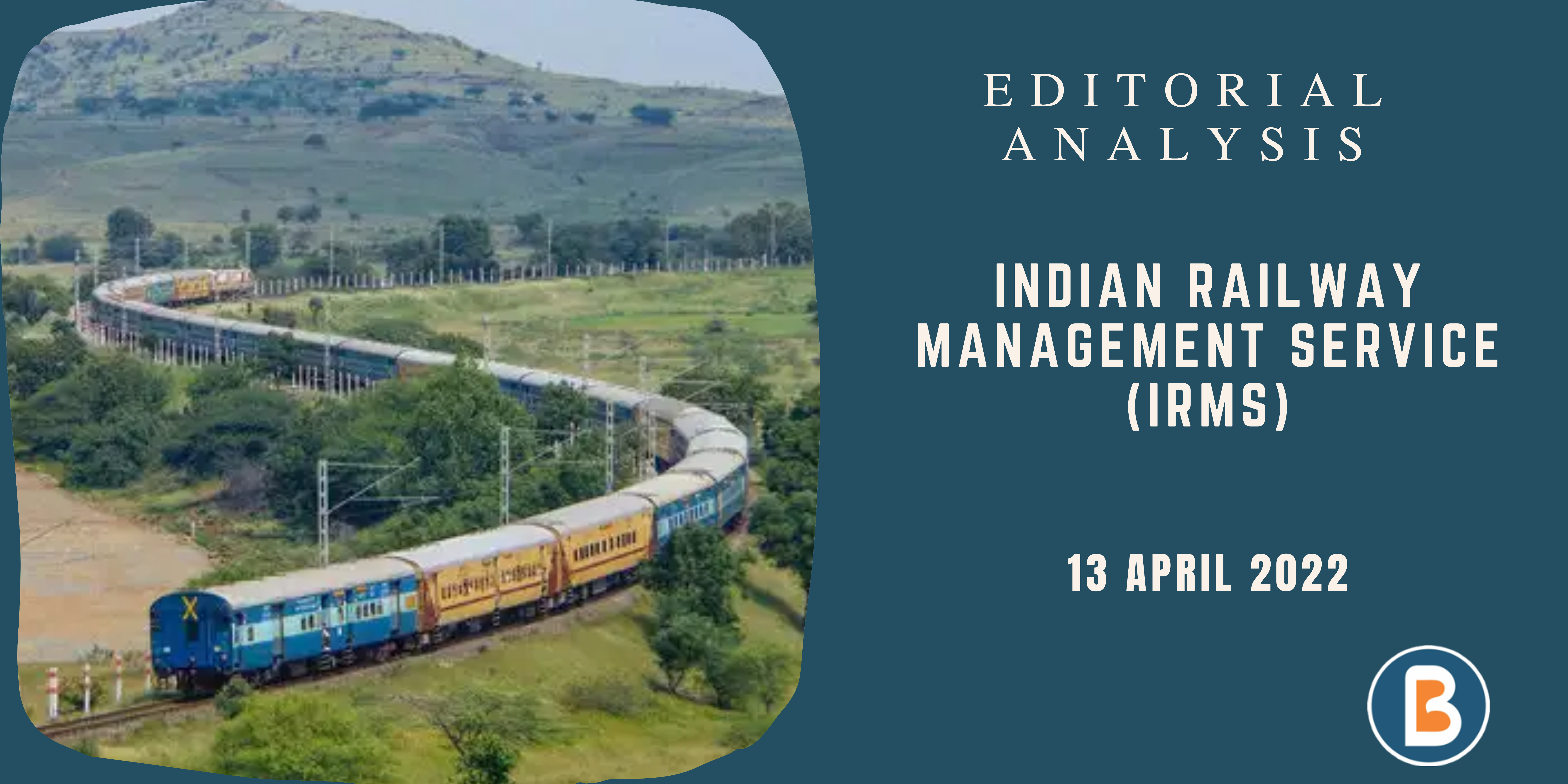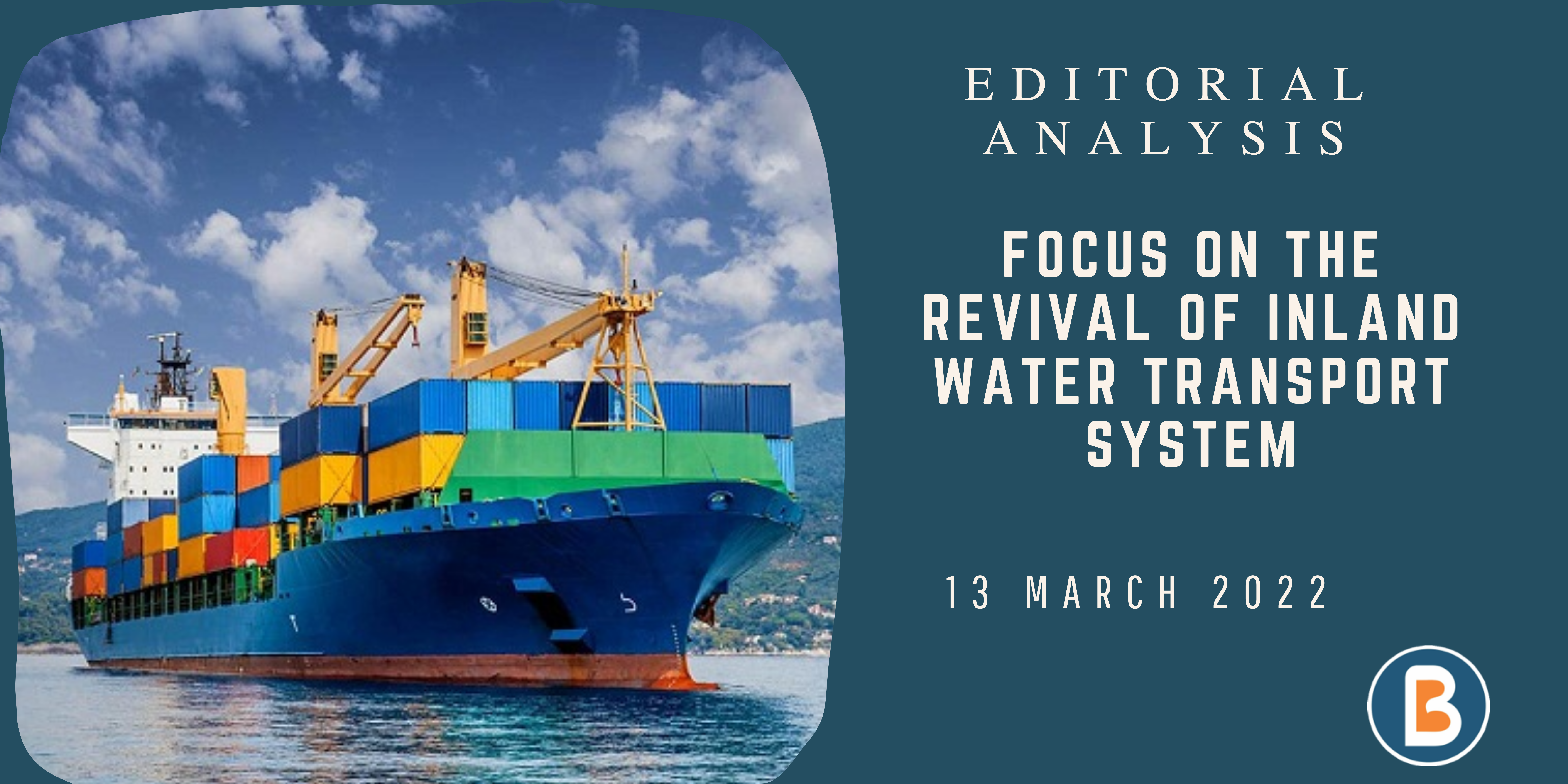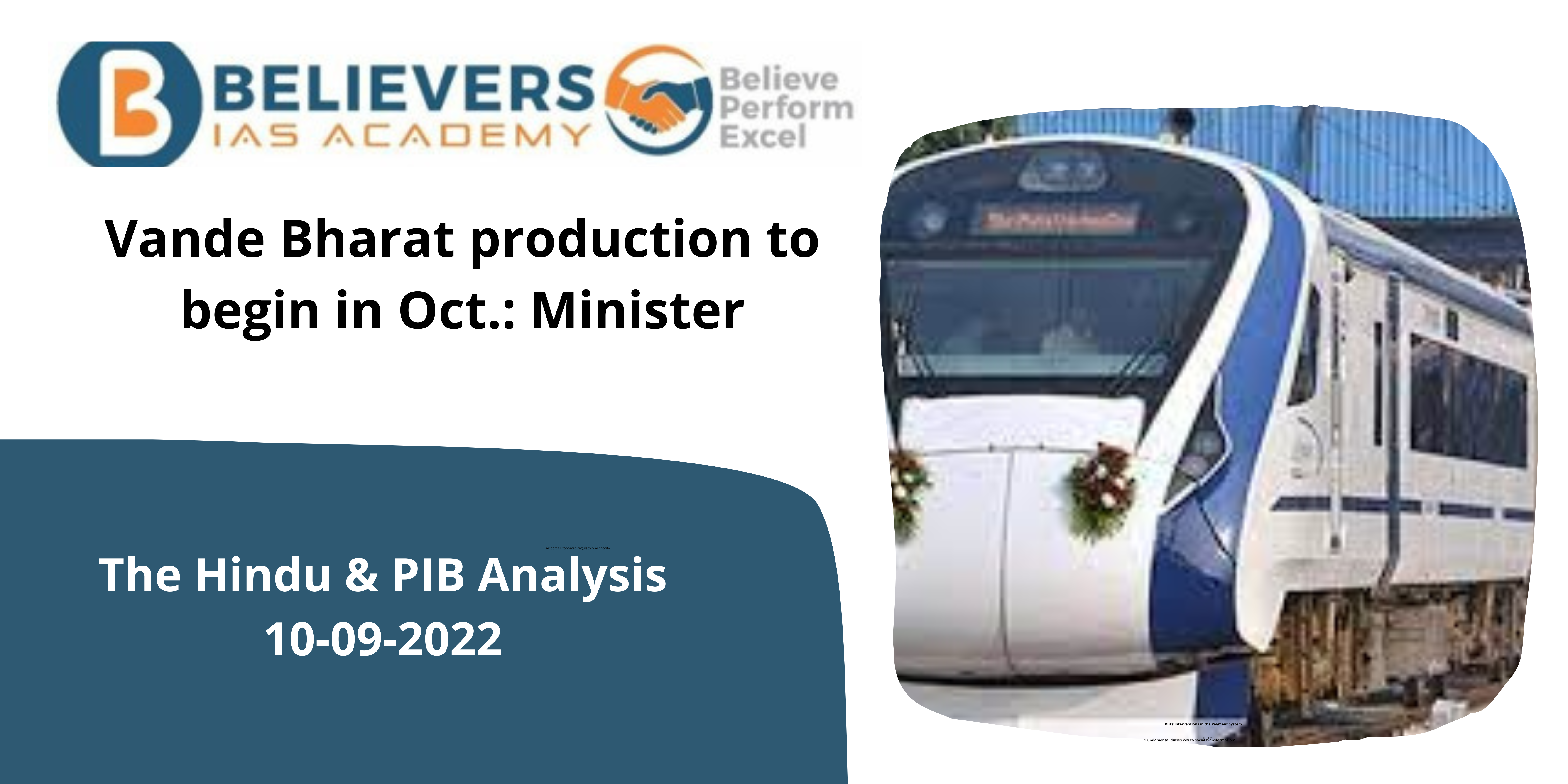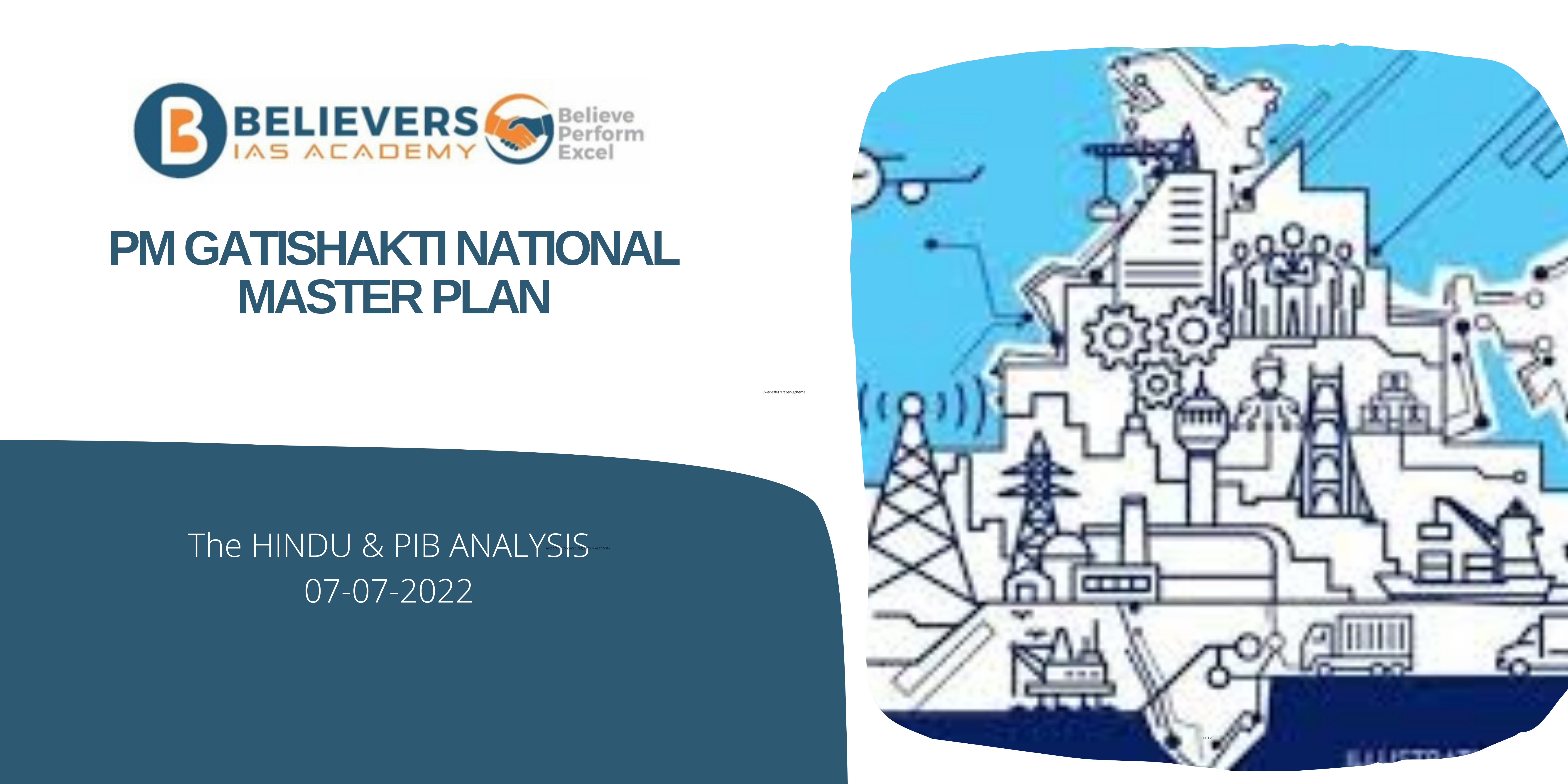Indian Railway Management Service (IRMS)
Context:
• A recent Gazette notification regarding the creation of the Indian Railway Management Service (IRMS) marks a paradigm shift in the management of one of the world’s largest rail networks.
Background:
• Among the ten different Group A Indian Railway Services, eight have been merged, they are: Indian Railway Traffic Service (IRTS), Indian Railway Personnel Service (IRPS), Indian Railway Accounts Service (IRAS), Indian Railway Service of Electrical Engineers (IRSEE), Indian Railway Service of Signal Engineers (IRSS), Indian Railway Service of Mechanical Engineers (IRSME), Indian Railway Service of Civil Engineers (IRSE) and Indian Railway Stores Service (IRSS).
• This is seen as a major restructuring of the bureaucracy of the Indian Railway Service.
• Being one of the biggest railway networks in the world, it requires the best of the management specially with many challenges in a country like India.
Challenges:
• Maintaining operational safety and guaranteeing train timeliness necessitates a diverse range of abilities, ranging from engineering to coordinating. Continuous knowledge updating is required for the adoption of cutting-edge technologies and boosting the efficiency of logistical operations.
• A railway officer’s employment is not for individuals searching for a consistent work schedule.
• The most significant task ahead is to train future leaders of India’s public transportation system in the country’s fast growing logistics sector.
• The truth remains that, even when the IRMS is established, the Indian Railways’ 8,000 (now serving) officials would need to operate together rather than in silos, as they will continue working in the organisation for decades.
Restructuring:
• The combination of services provides an opportunity to reform IRMS officer training to ensure that they are future-ready.
• Initial and mid-career training programmes may need to be redirected. The focus should be on building capacity for operations and business development, infrastructure development and maintenance, traction and rolling stock, and finance and human resource management.
• The design of IRMS training should be based on the competences required for various leadership roles.
• The Indian government’s Mission Karmayogi allows officials to be posted based on their skills. As a result, domain, function, and behavior-related competences for the IRMS will need to be mapped.
• The Government of India’s Integrated Government Online Training (iGOT) programme will play a key role in creating future career paths.
Source: THE HINDU.




